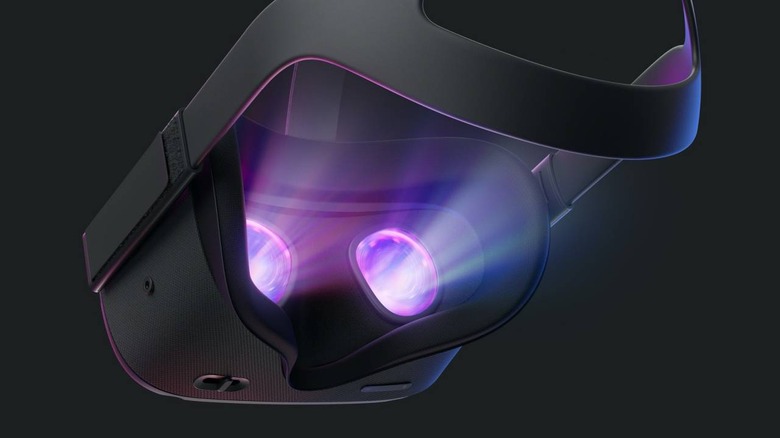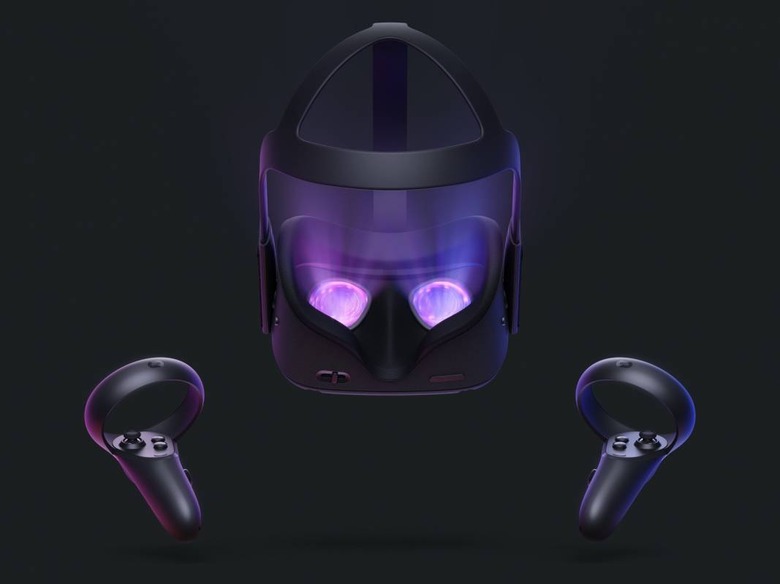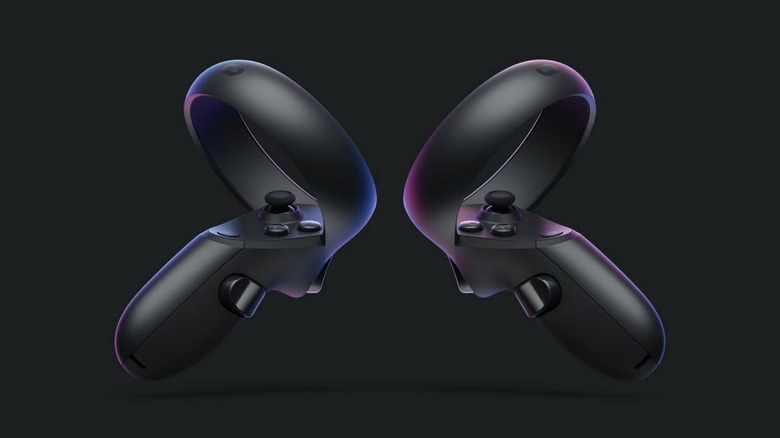Oculus Quest v2 Leak Tips Sleeker VR Headset With Big Change Inside
Facebook is readying a new Oculus Quest standalone VR headset, potentially trimming weight and bulk of the head-worn display, though COVID-19 may have pulled the rug out from under the release roadmap. Launched last year, Quest promised to be as comfortable and liberating as untethered virtual reality headsets, but with graphics quality closer to traditional wired headsets like Oculus Rift S.
It's also significantly cheaper, and doesn't require a separate PC or smartphone. The $299 price tag has made it a popular product in recent months, particularly as those stuck at home due to the coronavirus pandemic look for distractions. However that pandemic has also put a dampener availability.

Unsurprisingly, Oculus has been working on the next-generation Quest, though its launch timeline is mired in uncertainty. The original goal had been to release the new Quest v2 at the end of 2020, Bloomberg reports, but it's possible that could be delayed into 2021 due to the coronavirus. However it's not too early for some specifications to emerge.
While a final design has not been decided on, the general goal is one of a smaller, lighter, more comfortable headset, with improvements in ergonomics and visual quality. Some of the prototypes being considered are as much as 15-percent smaller than the current Quest, it's suggested, plus in the region of 1 pound in weight versus the 1.25 pounds of the existing model. Though that might not sound like a big improvement, it's actually considerable for a head-worn device.
Faster displays for Oculus Quest v2
The big technical focus has apparently been improving the displays inside the headset. Currently, Quest uses a 60Hz refresh rate when it's playing movies, and then 72Hz for most virtual reality experiences. A higher refresh rate makes for smoother graphics, and can help avoid prompting motion sickness from blurring and smearing.

Oculus is testing screens that could run at up to 120Hz in the Quest v2 prototypes, it's said. That would be significantly faster than the current production model, though it's possible that it could be artificially limited to 90Hz in an attempt to balance performance with battery draw.
Four external cameras are apparently mounted on the outside of the headset, allowing Quest v2 to map its location without needing external beacons. It supports six-degrees-of-freedom tracking, and can still be connected via Oculus Link to a PC. That will, as it does now, improve performance by offloading processing to the computer.
Quest v2 decisions remain
What may not make it through is a physical control to adjust interpupillary distance, or IPD. The current Quest allows users to adjust the IPD – effectively changing the distance between the two screens inside – to better match the distance between their own pupils. Some of the prototype Quest v2 headsets still have that control, it's reported.

Outwardly, the straps used to hold the headset in place could be changing. Oculus is apparently considering using more elastic straps, versus the rubber and Velcro current system. The fabric sides could be replaced by plastic panels, too, bringing the headset in line with the Rift S aesthetic.
Oculus is also looking to address a complaint about the Quest's controller. As well as making it more comfortable, it'll also be tweaked to prevent the battery cover inadvertently sliding off.
The good news there is that Oculus may very well sell the new controller separately, as it's said to be compatible with the original Quest. Indeed, both versions of the headset may end up co-existing: it's not been decided, the insiders claim, whether the second-generation Quest will replace or join the first model. That might allow Oculus to spread out its pricing a little more, with the Rift S coming in at $399 (though also requiring a fairly capable PC to drive the VR headset).
